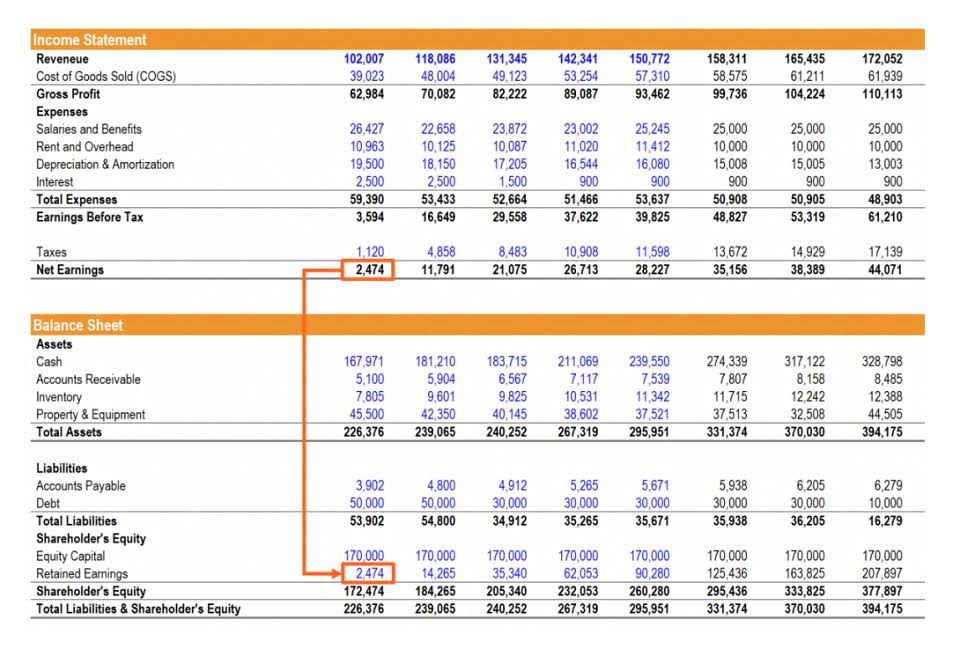Double-declining Depreciation Method in Accounting

This means that, in the early years of an asset’s life, Double Declining Balance Depreciation results in higher depreciation expenses than Straight-Line depreciation. If you file estimated quarterly taxes, you’re required to predict your income each year. Since the double declining balance method has you writing off a different amount each retained earnings year, you may find yourself crunching more numbers to get the right amount.

When should a business use this depreciation method?
In year 5, however, the balance would shift and the accelerated approach would have only $55,520 of depreciation, while the non-accelerated approach would have a higher number. We take monthly bookkeeping off your plate and deliver you your financial statements by the 15th or 20th of each month. Yes, it is possible to switch from the Double Declining Balance Method to another depreciation method, but there are specific considerations to keep in mind. The book value at the end of year one drops to $30,000, and the depreciation expense decreases in subsequent years.

Comparison with Other Depreciation Methods
While double declining balance has its money-up-front appeal, that means your tax bill goes up in the future. To manage partial-year depreciation, companies often employ the half-year convention. This approach assumes that all acquisitions and disposals occur midway through the fiscal year, allowing for half a year’s worth of depreciation to be recorded in the year of purchase. This convention provides a balanced method that reduces complexity while maintaining accuracy. Alternatively, the specific month convention can be utilized for a more detailed approach. This method calculates depreciation based on the exact month an asset is placed into service, which can be beneficial for businesses with significant asset turnover.
- Using this information, you can figure the double declining balance depreciation percentage to be ⅖ each year, or 40%.
- So your annual write-offs are more stable over time, which makes income easier to predict.
- For example, if an asset has a useful life of five years, the straight-line rate would be 20%, making the double declining rate 40%.
- Also, if you want to know the other essential bookkeeping tasks aside from fixed asset accounting, you can read our piece on what bookkeeping is and what a bookkeeper does.
- If the beginning book value is equal (or almost equal) with the salvage value, don’t apply the DDB rate.
Double Declining Balance Method: Formula & Free Template
- Companies can (and do) use different depreciation methods for each set of books.
- Double Declining Balance depreciation is an effective method for calculating depreciation that provides a higher expense in the early years of the asset’s life.
- Depreciation in the year of disposal if the asset is sold before its final year of useful life is therefore equal to Carrying Value × Depreciation% × Time Factor.
- Each method has its advantages and disadvantages, and it is important to choose the method that best fits the needs of the business.
- It automates the feedback loop for improved anomaly detection and reduction of false positives over time.
- This approach benefits assets that lose value quickly or become obsolete at a faster rate.
The “double” means 200% of the straight line rate of depreciation, while the “declining balance” refers to the asset’s book value or carrying value at the beginning of the accounting period. The declining balance method is one of the two accelerated depreciation methods and it uses a depreciation rate that is some multiple of the straight-line method rate. The double-declining balance (DDB) method is a type of declining balance method that uses double the normal depreciation rate.

- Businesses use accelerated methods when having assets that are more productive in their early years such as vehicles or other assets that lose their value quickly.
- The Units of Output Method links depreciation to the actual usage of the asset.
- Next year when you do your calculations, the book value of the ice cream truck will be $18,000.
- It is a useful tool for businesses that want to track their assets’ value over time and accurately report their financial statements.
- In summary, the Double Declining Balance depreciation method is a useful way to account for the value loss of an asset over time.
- Double Declining Balance (DDB) is an accelerated depreciation method that allows for a larger portion of an asset’s cost to be depreciated in the early years of its life.
For true and fair presentation of double declining balance method financial statements, matching principle requires us to match expenses with revenues. Declining-balance method achieves this by enabling us to charge more depreciation expense in earlier years and less in later years. The depreciation rate can vary based on the different types of fixed assets. Net book value is the carrying value of fixed assets after deducting the depreciated amount (or accumulated depreciation).

Once you have these figures, you can calculate the depreciation rate, which is double the straight-line depreciation rate. Overall, straight-line depreciation is an excellent method for businesses that want to track their assets’ value accurately over time. By spreading out the depreciation of an asset evenly over its useful life, businesses can report Restaurant Cash Flow Management a more accurate value for the asset each year. Additionally, the method is easy to understand and apply, making it a popular choice for businesses of all sizes. AI-powered accounting software can significantly streamline these depreciation calculations.